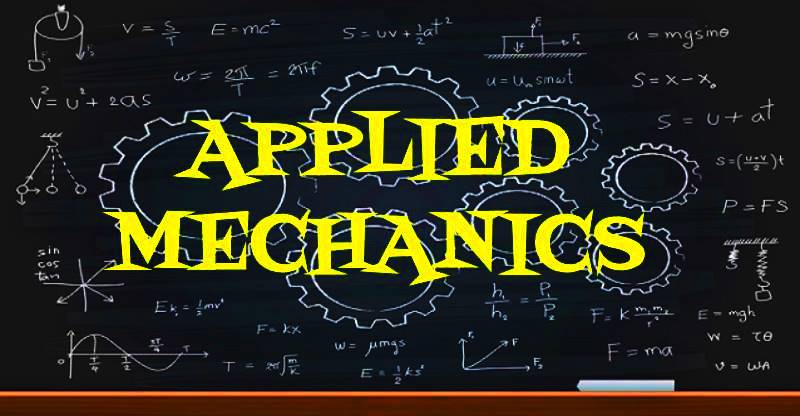SIMPLE LIFTING MACHINES
CONCEPT OF A MACHINE
A machine is a device which is capable of doing useful work. A machine receives energy in some form and uses it for doing a particular useful work. The machines which are used to lift the loads are known as Lifting Machines. The force or effort required to raise the heavy load is much smaller in lifting machines.
The machine may be of the following types:
(a) Simple Machines (b) Compound Machines
-
SIMPLE MACHINES:
A machine which has only one point for application of load and one point for effort is called simple machine. E.g. Incline plane, Screw jack, Lever etc.
-
COMPOUND MACHINES:
A machine which has more than one point for the application of load and for effort is called compound machine. E.g. Lathe machine, Printing machine, Milling machine etc.
BASIC TERMS:
-
LOAD:
Any weight which is lifted by a machine is known as load. It is denoted by W
-
EFFORT:
It is the force required by a machine to lift the load. It is denoted by P.
-
MECHANICAL ADVANTAGE:
It is the ratio of the load lifted to the effort applied.
Mechanical Advantage (M.A) = [frac up=”Load” down=”Effort”] = [frac up=”W” down=”P”]
-
VELOCITY RATIO:
It is the ratio of distance (y) moved by the effort to the distance (x) moved by the load.
Velocity Ratio (V.R) = [frac up=”Distance moved by the effort” down=”Distance moved by the load”] = [frac up=”y” down=”x”]
-
INPUT:
It is the product of the effort and distance moved by the effort. It is the work done on the machine.
Input = Effort x Distance moved by the effort = P x y
-
OUTPUT:
It is the product of the load and distance moved by the load. It is the work done by the machine.
Output = Load x Distance moved by the load = W x x
-
EFFICIENCY OF A MACHINE:
It is the ratio of output to the input of a machine and is generally expressed as a percentage. It is denoted by η.
η = [frac up=”Output” down=”Input”]
-
IDEAL MACHINE:
A machine is said to be ideal if its efficiency is 100 percent. In other words a machine whose friction is zero is called ideal machine.
RELATION BETWEEN EFFICIENCY, MECHANICAL ADVANTAGE AND VELOCITY RATIO OF A LIFTING MACHINE
Consider a lifting machine, whose efficiency is required to be found out.
Let
W = Load lifted by the machine,
P = Effort required to lift the load,
y = Distance moved by the effort, in lifting the load
x = Distance moved by the load.
We know that,
Mechanical Advantage (M.A) = [frac up=”Load” down=”Effort”] = [frac up=”W” down=”P”]
Velocity Ratio (V.R) = [frac up=”Distance moved by the effort” down=”Distance moved by the load”] = [frac up=”y” down=”x”]
We also know that,
Input = Effort x Distance moved by the effort = P x y
Output = Load x Distance moved by the load = W x x
∴ Efficiency, η = [frac up=”Output” down=”Input”] = [frac up=”W x x” down=”P x y”] = [frac up=”W/P” down=”y/x”] = [frac up=”M.A” down=”V.R”]
Thus for an Ideal Machine, Mechanical Advantage = Velocity Ratio
RELATED VIDEOS:
